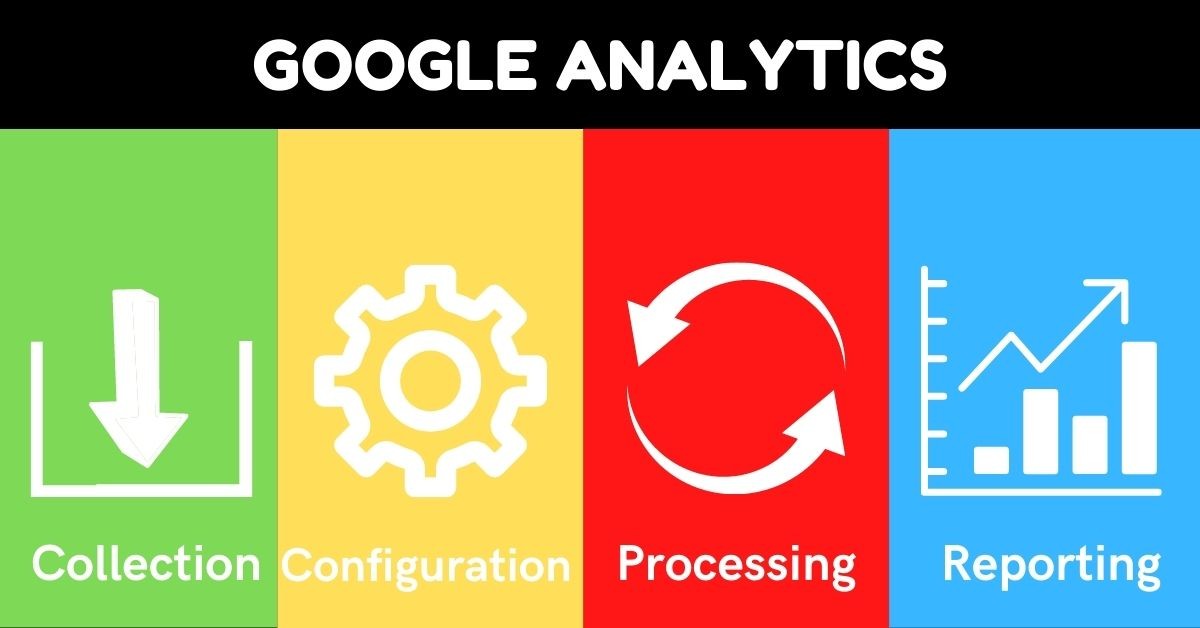Unlocking the Power of What is a "Dimension" in Google Analytics for Better Information Analysis
Unlocking the Power of What is a "Dimension" in Google Analytics for Better Information Analysis
Blog Article
Enhance Your Coverage Accuracy Making Use Of Google Analytics Dimensions: A Comprehensive Guide

Comprehending Google Analytics Dimensions

Google Analytics offers default measurements, such as "web page sights" and "session period," but users can additionally create customized dimensions to track certain data factors relevant to their service goals. In final thought, understanding Google Analytics dimensions is crucial for unlocking important insights that can notify critical decision-making and enhance total performance.
Value of Information Precision
Moving past just comprehending Google Analytics measurements, it becomes apparent that making sure information accuracy is paramount in acquiring purposeful insights and making educated company decisions. By ensuring the accuracy of your information, you can confidently trust the insights derived from Google Analytics measurements, enabling you to make informed decisions that drive company growth.
Data precision also promotes trust amongst stakeholders. When records are based upon reputable and specific data, decision-makers are most likely to believe in the insights offered to them. This trust fund is vital for constructing solid connections with clients, partners, and colleagues, as it demonstrates a dedication to openness and stability in your reporting practices.
Advanced Dimension Personalization
Enhancing the depth of data analysis within Google Analytics involves delving into the realm of Advanced Dimension Modification. This feature permits individuals to produce custom dimensions to further segment and evaluate data beyond the default dimensions offered by Google Analytics. what is a “dimension” in google analytics?. By specifying details criteria that are appropriate to your business objectives, you can obtain much deeper understandings right into individual behavior, campaign efficiency, and other essential metrics
Advanced Measurement Personalization encourages individuals to customize their analytics records to concentrate on one of the most important elements of their web site or app performance. Whether it's tracking interactions with details components, keeping an official source eye on the actions of various user segments, or assessing the effect of customized events, customized dimensions give a adaptable and powerful tool for boosting information evaluation capabilities.
Applying Dimension Filters
Building upon the capacity to tailor measurements for advanced data analysis, the following action in optimizing your Google Analytics understandings involves the execution of dimension filters. Dimension filters allow you to fine-tune your data by including or leaving out certain values, providing a more concentrated view of your internet site or app efficiency. By applying measurement filters, you can section your data to examine the actions of certain individual teams, track the performance of specific pages or sections, or leave out internal website traffic from your reports, guaranteeing that your understandings are based on pertinent data.
To apply measurement filters in Google Analytics, navigate to the Admin section, pick the Sight where you desire to apply the filter, and click Filters under the View column. From there, you can produce a brand-new filter, specify the measurement you desire to filter, established the filtering problems, and apply the filter to your information. By successfully using dimension filters, you can enhance the accuracy and importance of your reporting, bring about even more educated decision-making and enhanced total performance.
Dimension Analysis Techniques
When delving right into the realm of dimension evaluation in Google Analytics, understanding numerous strategies is extremely important for removing valuable understandings. One important method is segmenting measurements to separate details parts of data for comprehensive evaluation. By producing sections based on measurements like web traffic resources or user demographics, analysts can discover patterns and patterns that may not be obvious when taking a look at the data all at once.
An additional vital technique is using custom-made dimensions to track official source additional information about individuals or communications on a web site. Customized measurements permit an extra granular analysis of information, giving much deeper understandings right into customer habits and preferences. By setting up custom-made dimensions for specific events or user attributes, experts can customize their reports to respond to particular service concerns.
In addition, the strategy of integrating dimensions can use a much more detailed view of individual actions. By cross-referencing dimensions like website traffic resources with customer areas or gadgets, experts can obtain a much better understanding of exactly how various factors influence individual interactions click for more on a web site. Generally, grasping these dimension analysis strategies can dramatically enhance the precision and deepness of reporting in Google Analytics.
Verdict
In final thought, grasping Google Analytics dimensions is important for boosting reporting accuracy and obtaining beneficial insights into user habits. By utilizing both default and customized dimensions, organizations can tailor their analytics to mirror particular goals and metrics. Carrying out dimension filters enables refined evaluation, concentrating on relevant data and omitting sound. Advanced segmentation and cross-referencing techniques deepen understanding, enabling informed decision-making and method advancement based upon exact, dependable info. This extensive technique makes certain information stability and improves overall reporting methods.
Measurements in Google Analytics are the qualities of your data, such as the source of website traffic, the tool used, or the geographical area of the user.Google Analytics offers default measurements, such as "page sights" and "session period," but individuals can also produce personalized measurements to track certain data factors pertinent to their company objectives.Moving past simply recognizing Google Analytics measurements, it ends up being noticeable that making sure data accuracy is extremely important in acquiring meaningful understandings and making informed company decisions.Structure upon the capacity to personalize measurements for innovative data analysis, the following step in enhancing your Google Analytics insights includes the application of dimension filters. By applying measurement filters, you can section your data to analyze the habits of certain customer teams, track the performance of certain pages or areas, or omit interior website traffic from your records, making sure that your understandings are based on appropriate information.
Report this page